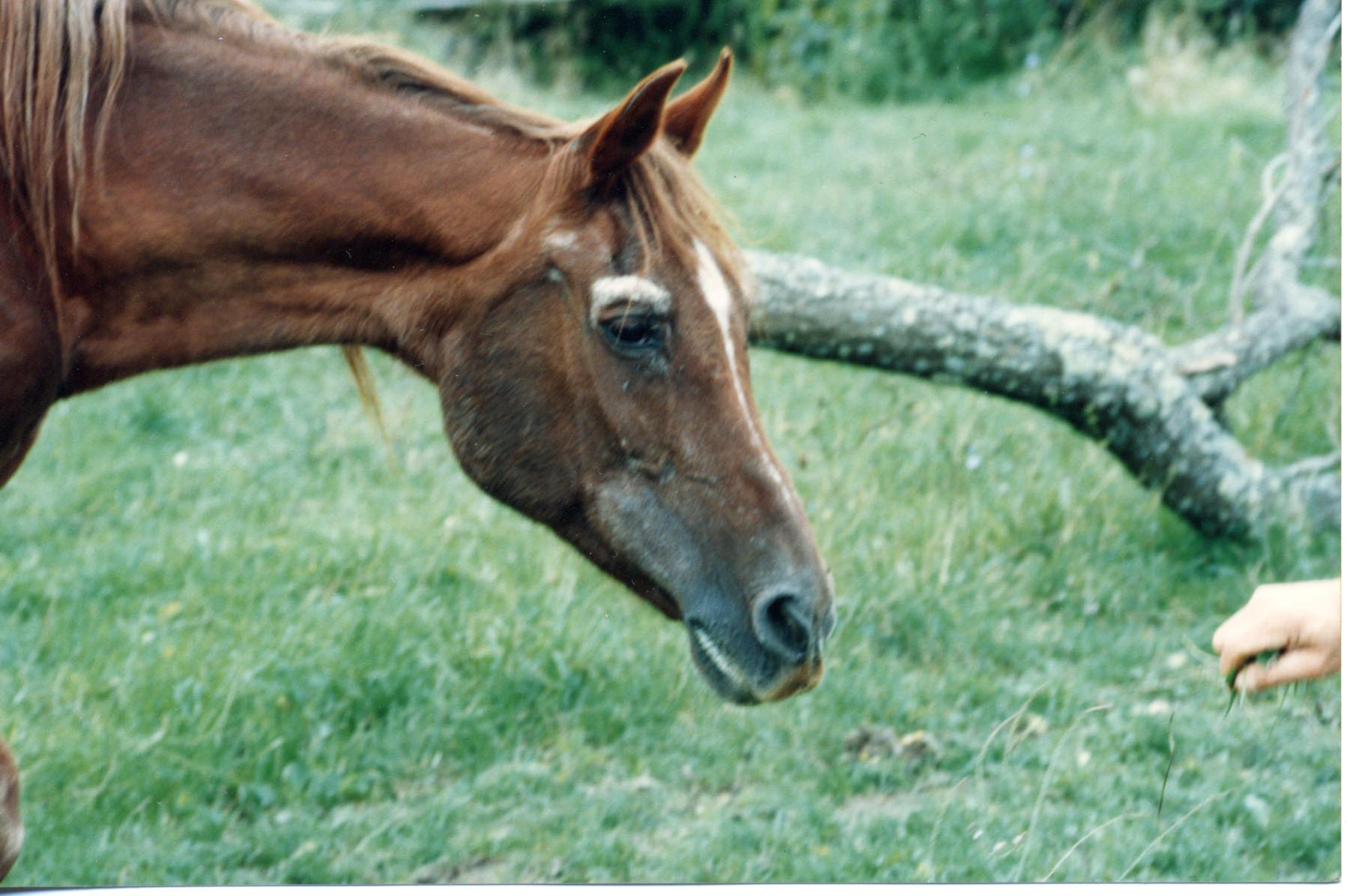Whose picture is this?
When I was a child (not too long ago), I used to enjoy playing a game with my father, General Salim Al-Dahdah, where I would sit in his lap and try to guess the names of the horses in the pictures he was showing me. My all-time favorite was Zenobia, a ‘Ubayyah mare we owned at the time, and I wanted to see Zenobia in every picture.
Lets see whether any of you recognizes where the Asil mare in this picture came from (don’t worry, I won’t go as far as asking you to guess who she actually was). Three hints:
1. This is not Zenobia (she was grey)
2. This is not Moniet El-Nefous, either.
3. This is not a Moniet descendant, nor a Moniet relative, nor an Egyptian horse for that matter, nor … ok, you should be playing, not me.

Goodness, I can’t begin with where she came from (although “not Egypt” is a good clue 🙂 but if I were to match her up against a Davenport import, it would be *Urfah.
Nice try, Ambar, but it’s not a mare of Davenport bloodlines, either..
It is a tough question indeed. You ask where this mare came from. She so resembles the Blue Star Bint Bint Turfara (Ibn Fadl x Bint Turfara), but of course the markings are not the same. Bint Bint Tufara was the inspiration for Jackson Hensley’s artwork on the cover of the 1976 Al Khamsa Directory. I bring up this point of comparison because Bint Bint Turfara is tail female and line bred to the Saudi Royal mare *Turfa. I leased an intensely bred Turfa stallion, Dufadl who had similar scull proportions though more masculine in the muzzle. I have seen many of these intense Turfa horses and they have the characteristic very deep diameter around the jaw area, and head length is relatively short with very oval nostrils. But I think this is also true of the Antez influence in Davenport breeding. So my suggestion is that this mare is either of Saudi origin or of Shammar origin. Am I allowed two guesses?
I think Kars and his daughter Purple Ibis (out of Purple Stock) also had this sort of skull structure, but it obviously isn’t either one of them.